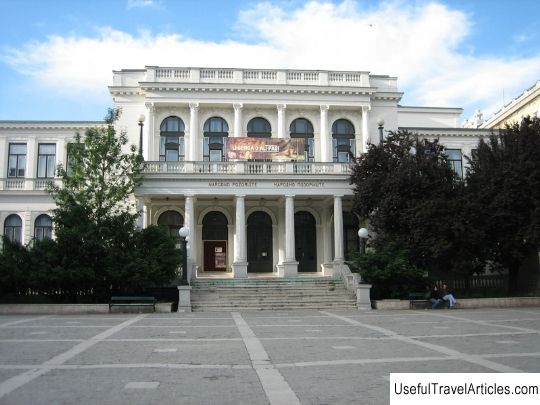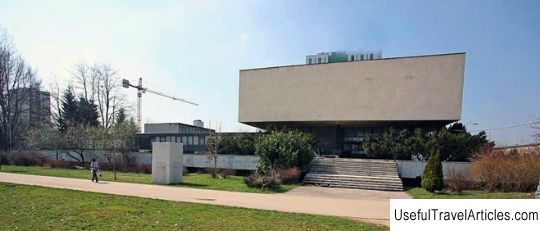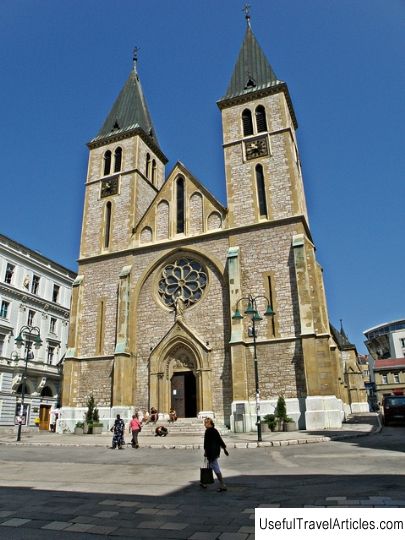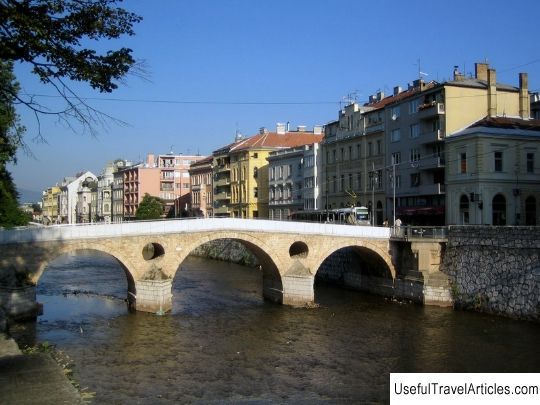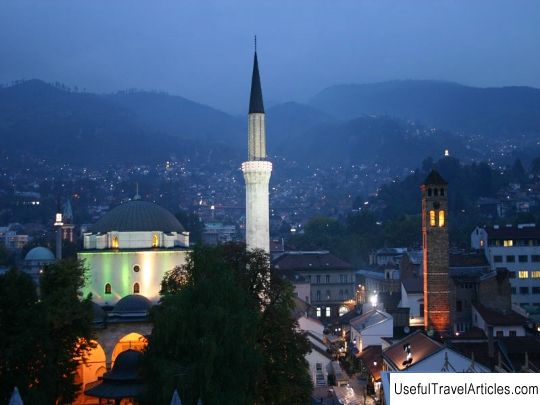Sarajevo Tunnel description and photos - Bosnia and Herzegovina: Sarajevo
Rating: 7,9/10 (544 votes) 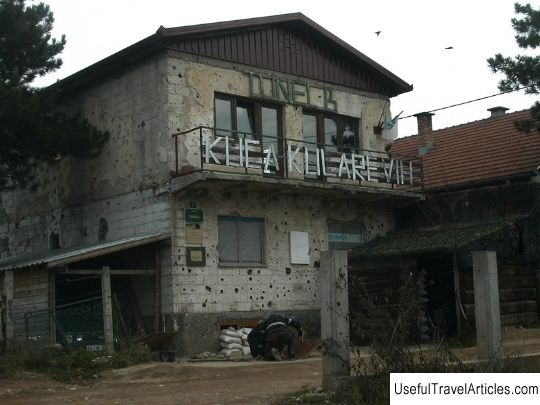
Sarajevo Tunnels description and photos - Bosnia and Herzegovina: Sarajevo. Detailed information about the attraction. Description, photographs and a map showing the nearest significant objects. The name in English is Sarajevo Tunnel. Photo and descriptionTunnels of Sarajevo - a reminder of the civil war in the Balkans of the nineties. Residents of Sarajevo who survived the siege call it "the tunnel of hope", "the tunnel of life", emphasizing the importance of this structure for the city and for the outcome of the war. This landmark is not an architectural monument, not an ancient castle or a famous park ... This is the legacy of a war that completely changed the life and geography of an entire region. The significance of the tunnel is evidenced by the fact that it was manually laid in the shortest possible time: 2,800 meters in six months. During the siege of Sarajevo, the airport became a neutral territory controlled by UN forces. Through it, the city received humanitarian aid for residents. However, the Bosnian armed forces also needed ammunition, which could not be transferred through peacekeepers. For this, a tunnel was dug. His entrance was in a nondescript house near the airport, his exit was in a residential area of the Bosnian territory of Sarajevo. The start of work was difficult due to a lack of manpower, tools and materials for underground work. The tunnel was dug with shovels and pickaxes, around the clock, in three shifts. The land was taken out in wheelbarrows, secretly from the UN and from the Serbs. Several times groundwater flooded the passage; they had to be bled out manually too. In July 1993, the first military supplies to the city went through the tunnel. In the beginning, the tunnel was just a muddy earthen passage, fortified with wood and metal. The goods were delivered manually. Less than a year later, small railroad tracks connected both ends. The same small railway carts carried loads up to 400 kg along them. At some point, the existence of the tunnel became known to UN observers. They also began to use this road to get to the besieged city. The final stage of the tunnel arrangement includes laying an electric cable, systems for pumping underwater water. A pipeline was laid to deliver oil to the city. Then they installed electric lighting and a telephone cable. During the two and a half years of the siege, about 400 thousand refugees left the besieged Sarajevo through the tunnel.     We also recommend reading Kazimierz Palace (Palac Kazimierzowski) description and photos - Poland: Warsaw Topic: Sarajevo Tunnel description and photos - Bosnia and Herzegovina: Sarajevo. |
